BoE Governor Andrew Bailey said he didn’t have a “precise date in mind” regarding when to publish the findings regarding the consultation with banks on interest rates. “There’s a great deal of work we have to do with the banks, particularly to work out what’s doable and what needs to be fixed,” he added.
Also, in the current environment, policymakers were “talking about all the tools that could possibly be in the box”. But for the UK, ” UK, there isn’t a great call, I think at the moment, for doing more yield curve control at the short end… so I don’t think it’s something that I would see frankly a great need for at the moment.”

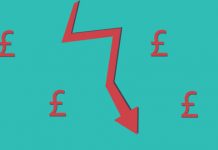


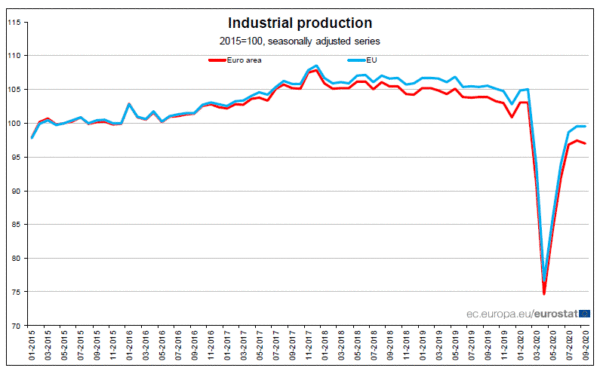
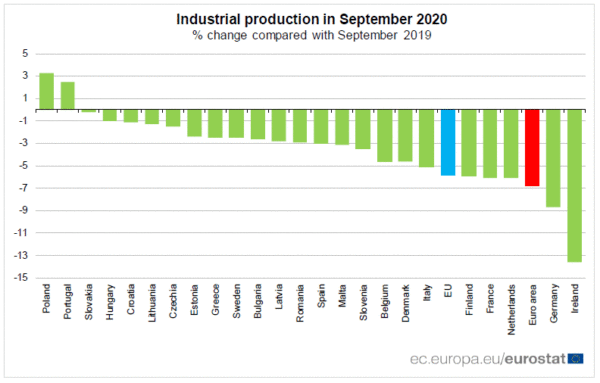
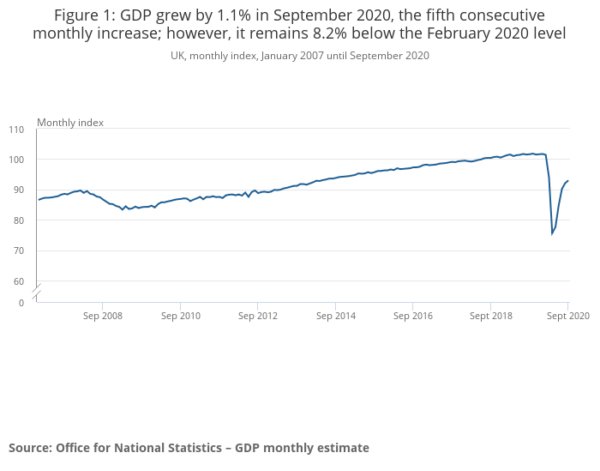
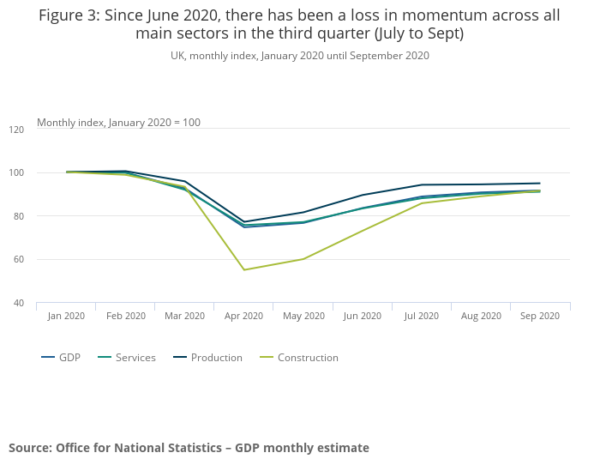
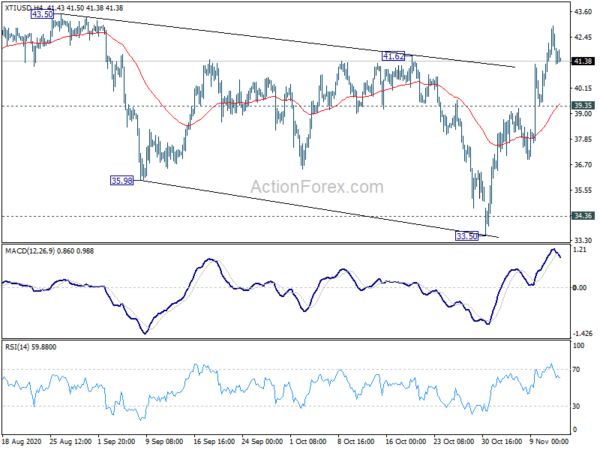
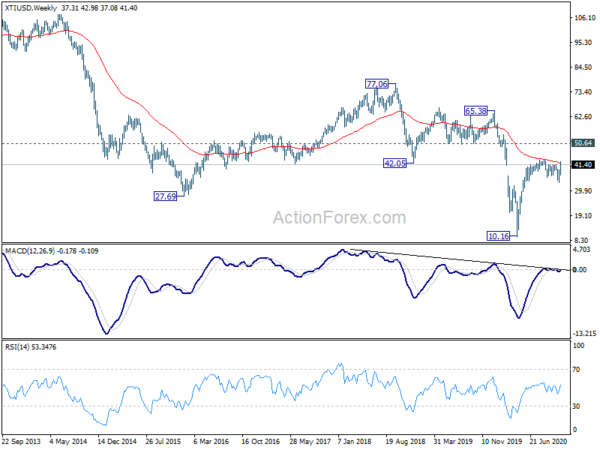
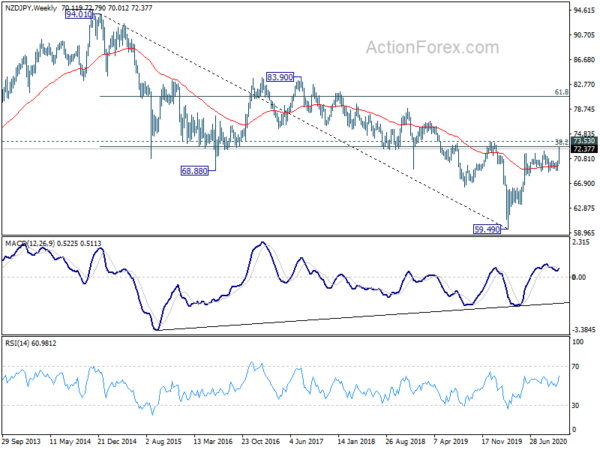
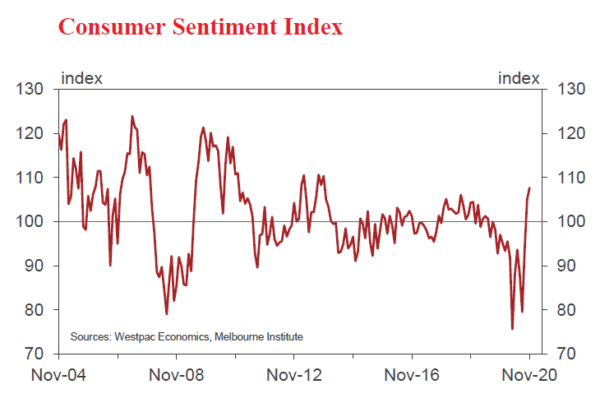
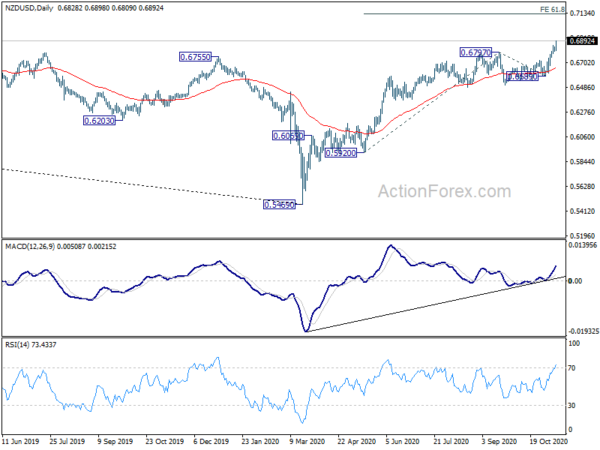
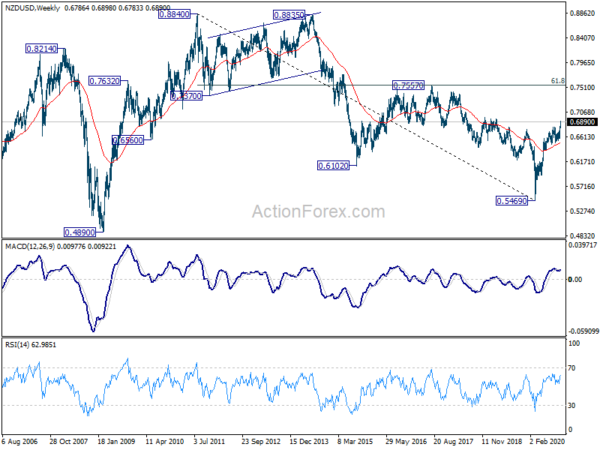
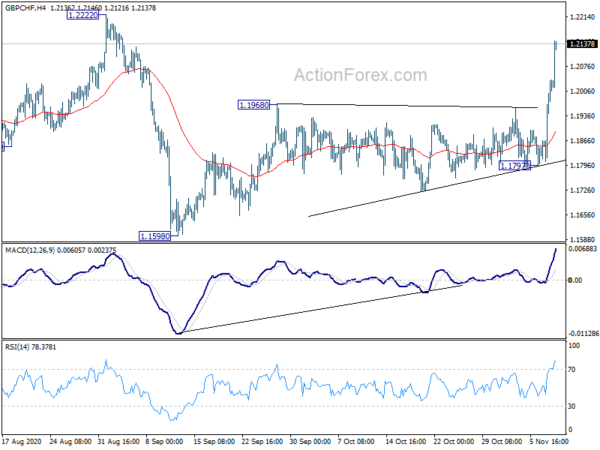
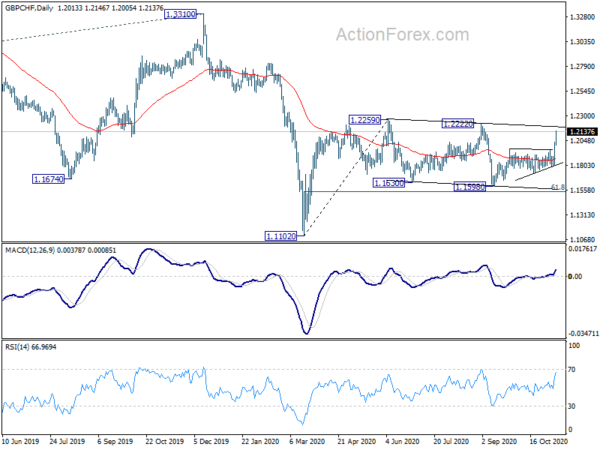
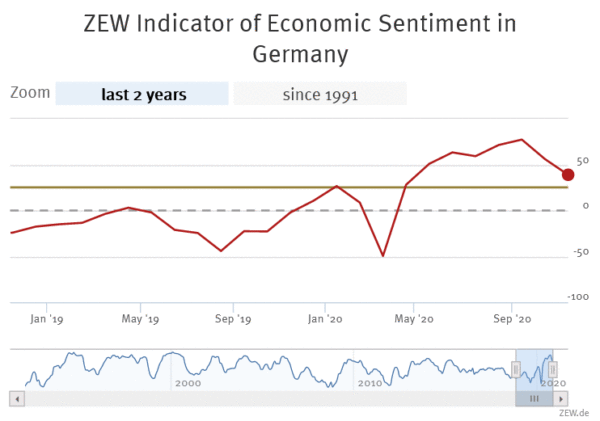
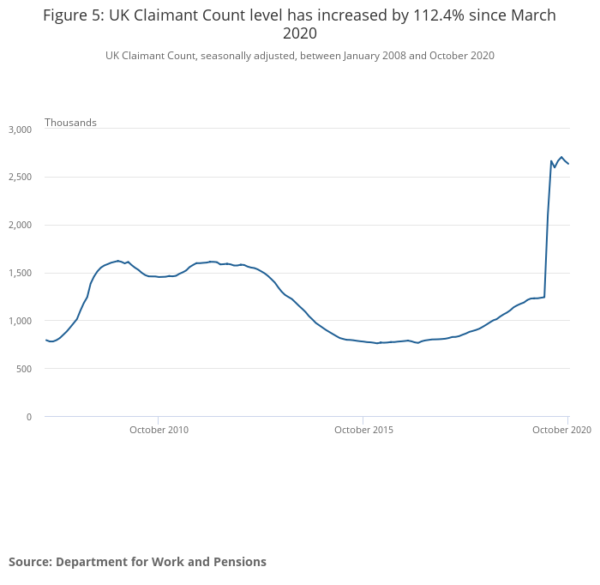
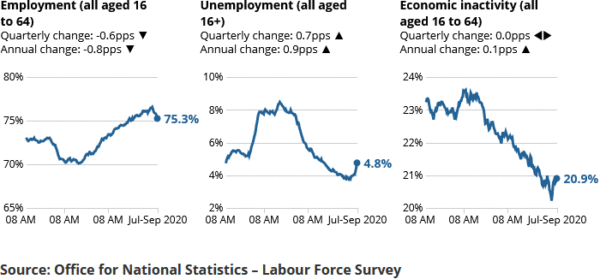


US initial jobless claims dropped to 709k, continuing claims dropped to 6.8m
US initial jobless claims dropped -48k to 709 in the week ending November 7, better than expectation of 745k. Four-week moving average of initial claims dropped -33k to 755k.
Continuing claims dropped -436k to 6786k in the week ending October 31. Four-week moving average of continuing claims dropped -653k to 7576k.
Full release here.